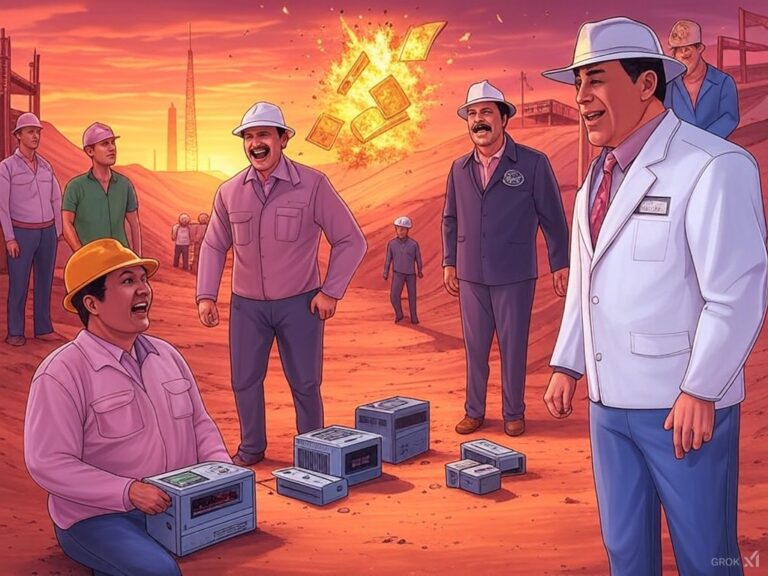Most of the most important raw materials are found in the earth’s crust. In order to use them, they are mined and promoted in different ways. But before that, the deposits must be located, analyzed and delimited. Exploration (finding) of raw materials is done by various methods.
There are several ways to locate raw materials
Before raw materials can be mined, extracted and further processed, their deposits must first be found and analyzed in detail. Fossil fuels such as crude oil or natural gas and mineral resources in particular are usually hidden deep in the earth or under the seabed, and not everywhere do the deposits have sufficient size and yield for commercial mining.
Exploration and the precise analysis of raw material deposits is therefore an important business area for the large raw material companies. In order to find, delimit and analyze new deposits, geological or geophysical methods as well as various drilling methods are used, depending on the raw material and storage location.
All of these methods can be applied directly on the earth’s surface, underground or in boreholes, and offshore.
Finding and developing new sources of raw materials is becoming increasingly costly
Raw materials have always been urgently needed for the production of various goods. However, global raw material reserves are limited and many deposits have already been exhausted in the past. Finding new raw material deposits is therefore becoming increasingly difficult.
The exploration of mineral resources in particular has undergone significant changes over the centuries. These coveted raw materials are not found directly on the earth’s surface, and for a long time now most of their deposits have not been directly accessible from the earth’s surface. Instead, they lie hidden under dense vegetation, younger sediments or mountain formations.
In recent years, modern geophysical methods, such as geomagnetics, seismics, geoelectrics, radiometry or geothermics, have proven particularly useful in locating such hidden deposits of raw materials.
Many of these methods are not only quite cost-saving, but also time-saving. In addition, modern exploration methods are often environmentally friendly, as locating raw material deposits can be done using remote sensing from aircraft or satellites.
What happens after finding raw material stockpiles
If a new deposit has been found, it is still a long time before raw material mining can begin. Initially, delimiting the deposit only tells us something about the size of the raw material deposit. But commercial mining is only worthwhile if the deposit is profitable. It must be productive enough and relatively easy to tap.
These basic requirements for commercial mining are analyzed and tested with the help of so-called feasibility studies. External specialists are also frequently called in by the large commodity groups for this purpose.
It often takes many years before raw material extraction can begin at a newly discovered deposit.






